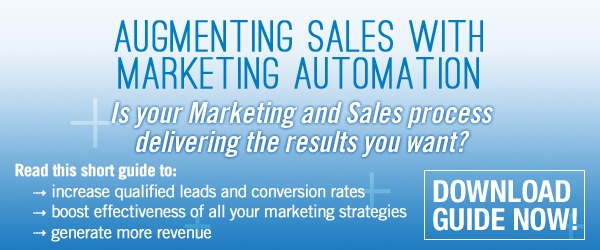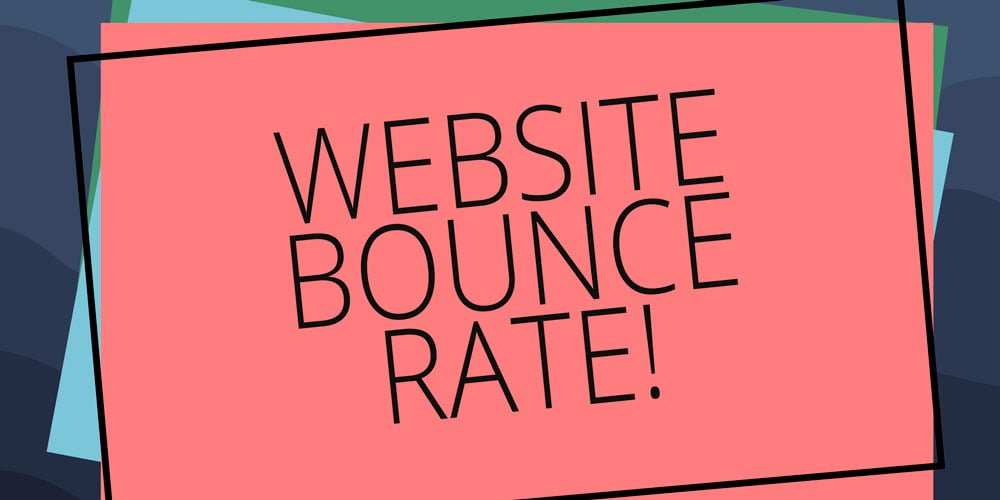
Outbound marketing still plays an integral role to increase visibility and generate leads. The key then is to mix outbound activities with inbound marketing for a higher success rate. Let’s start with the differences between the two.
Outbound Traditional
Outbound marketing can include traditional marketing and utilizes more of a direct-contact approach via print, TV, radio or billboard advertising. It can also directly address the target audience by cold calling, sales conferences, seminars, keynote speaking, trade shows etc. In the past it was called “push” marketing.
Outbound Digital
Generally implemented to reach ‘now’ buyers, digital outbound includes Google Adwords,(Pay Per Click), display/banner advertising on websites, and email sponsoring.
Inbound Marketing
Inbound marketing is similar to “pull” marketing, and works on the premise of building online relationships with potential customers and basically earning their interest. It includes websites, SEO, links, blogs, valuable content, social media, videos, and much more.
Inbound/Outbound Marketing 101
The Internet has helped shift the power to customers and it’s quite evident these days that prospects are finding companies themselves more and more, instead of the other way around.
Making use of inbound and outbound activities
Here’s a common example of a combination inbound-outbound marketing strategy. You begin with your website. You utilize SEO, social media, blogs etc. (inbound techniques) to drive potential customers to your site in order to increase visibility and produce more sales.
Concurrently, you choose to host a booth at a tradeshow or convention (traditional outbound marketing). Pre-show you generate buzz by promoting it on your website, and create an online campaign via email marketing, blogs, social media etc. (inbound).
Post-show you can upload any videos of demos or interviews, photos of your booth, other images from the show etc. to your site. Continue the online campaign by blogging about your experience at the tradeshow, any new trends, industry info, seminars etc. (inbound).
See how easy it can be to combine inbound and outbound marketing for maximum effectiveness?
Inbound for PR
PR is a good way to combine outbound and inbound marketing. A technique that is usually effective is to work with both print and online targeted outlets to have stories written/blogged about your company, service or product. A prospect could then read the article in either print or digital media, or both, and consider your company, service or product. This is the outbound channel of your strategy.
The inbound channel would be where you then post summaries of these articles, updates to these articles, complementary information and related articles, and pertinent links, on your company website. Your company’s summaries and added information may then be picked up by other sites where more prospects can find you. This simple strategy helps your site gain traction from a content and SEO standpoint.
Balancing inbound and outbound
In general, most marketers today seem to utilize up to 90% of their marketing projects/dollars on outbound marketing, and just 10% on inbound marketing. Experts agree that bringing those stats more into balance is probably the wisest use of your budget and marketing efforts.
Analyzing metrics to measure success
The most successful campaigns are created with a mix of marketing channels and tactics and these are best determined by ongoing tracking, testing and measurement. Basically, the proof of the pudding is in the eating!! Or to put it in more business-like terms, as one industry expert recently stated: it’s most effective for most companies to “practice evidence-based marketing.”









Comments
Add Comment